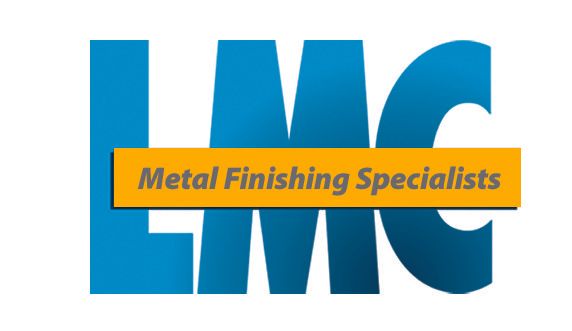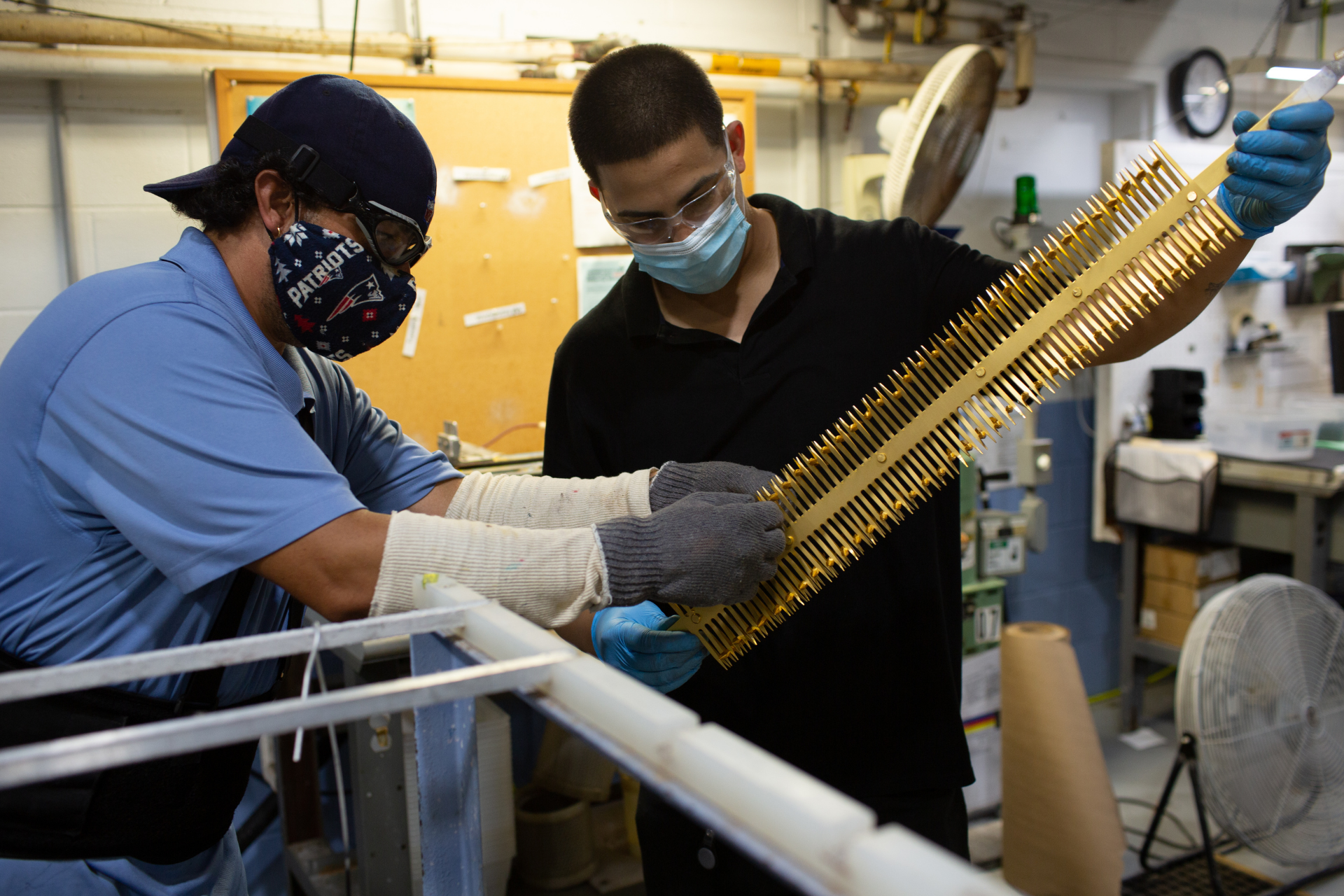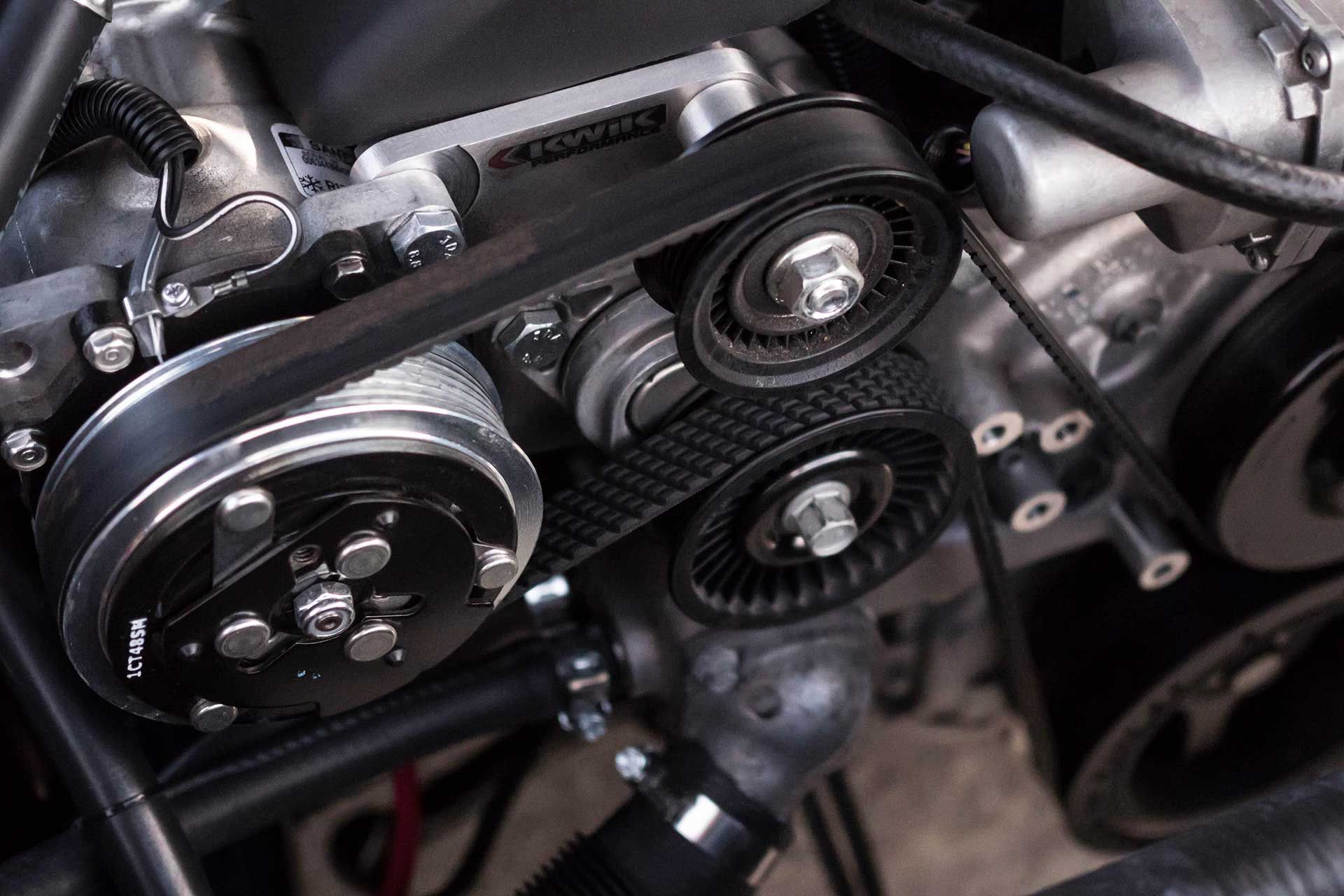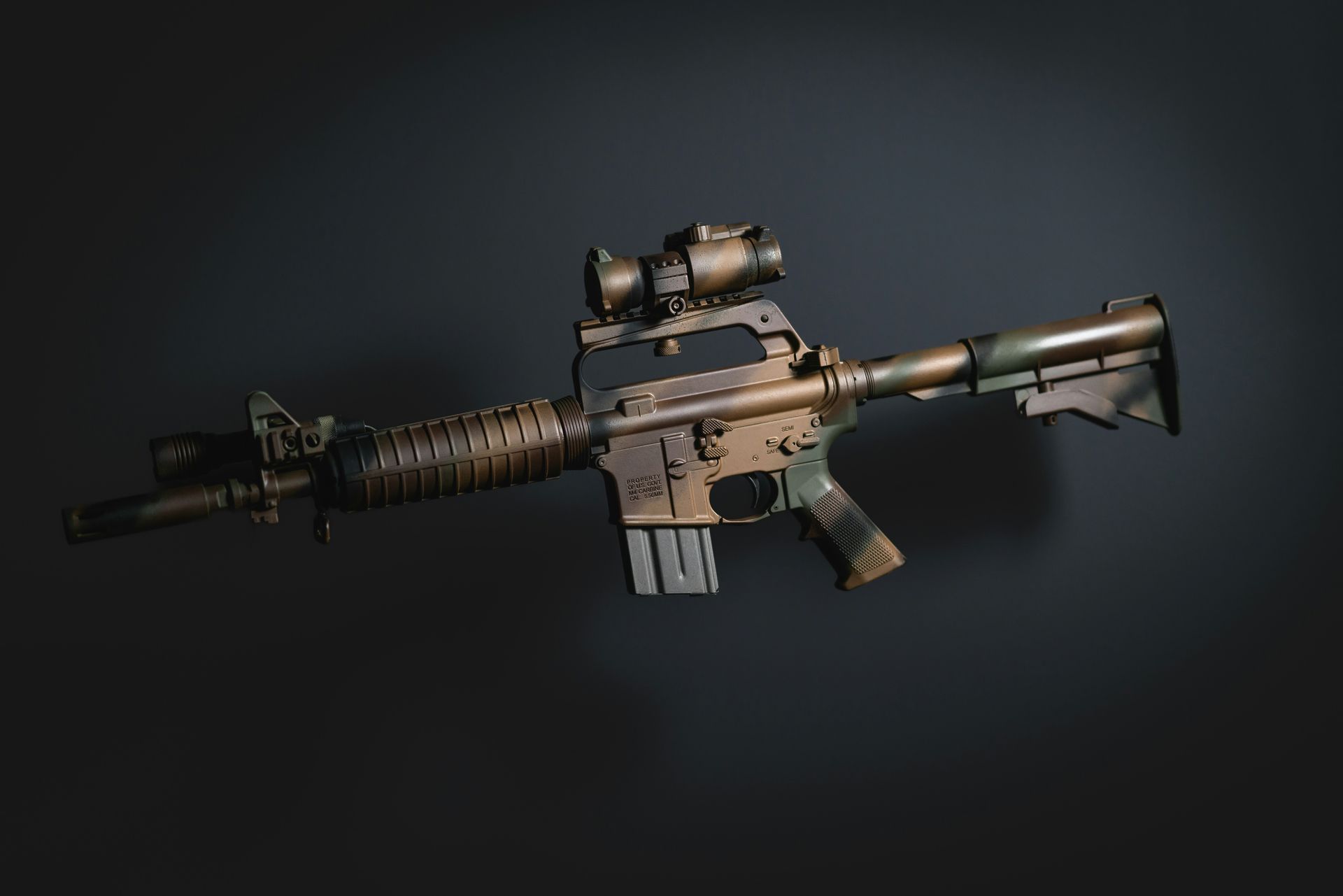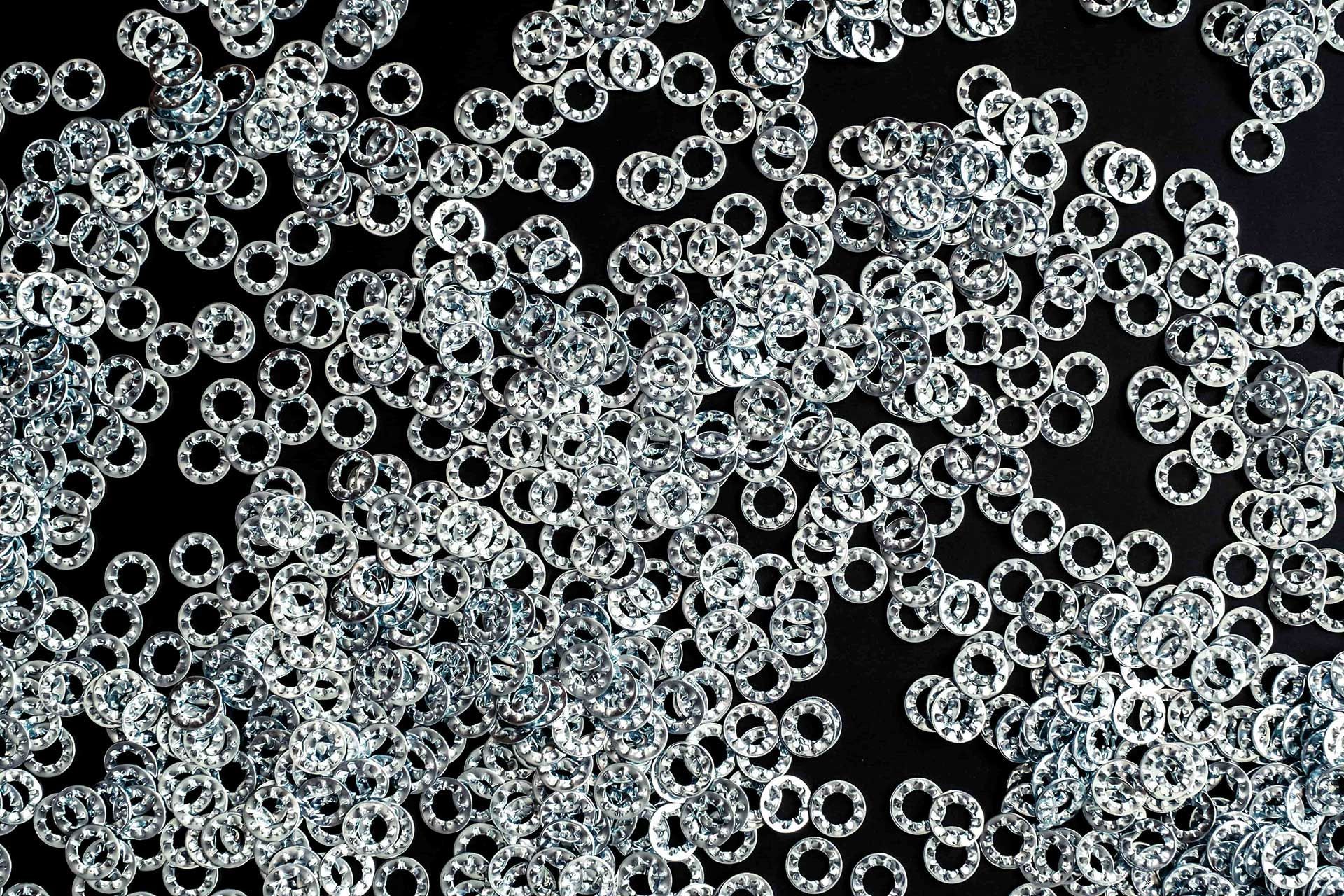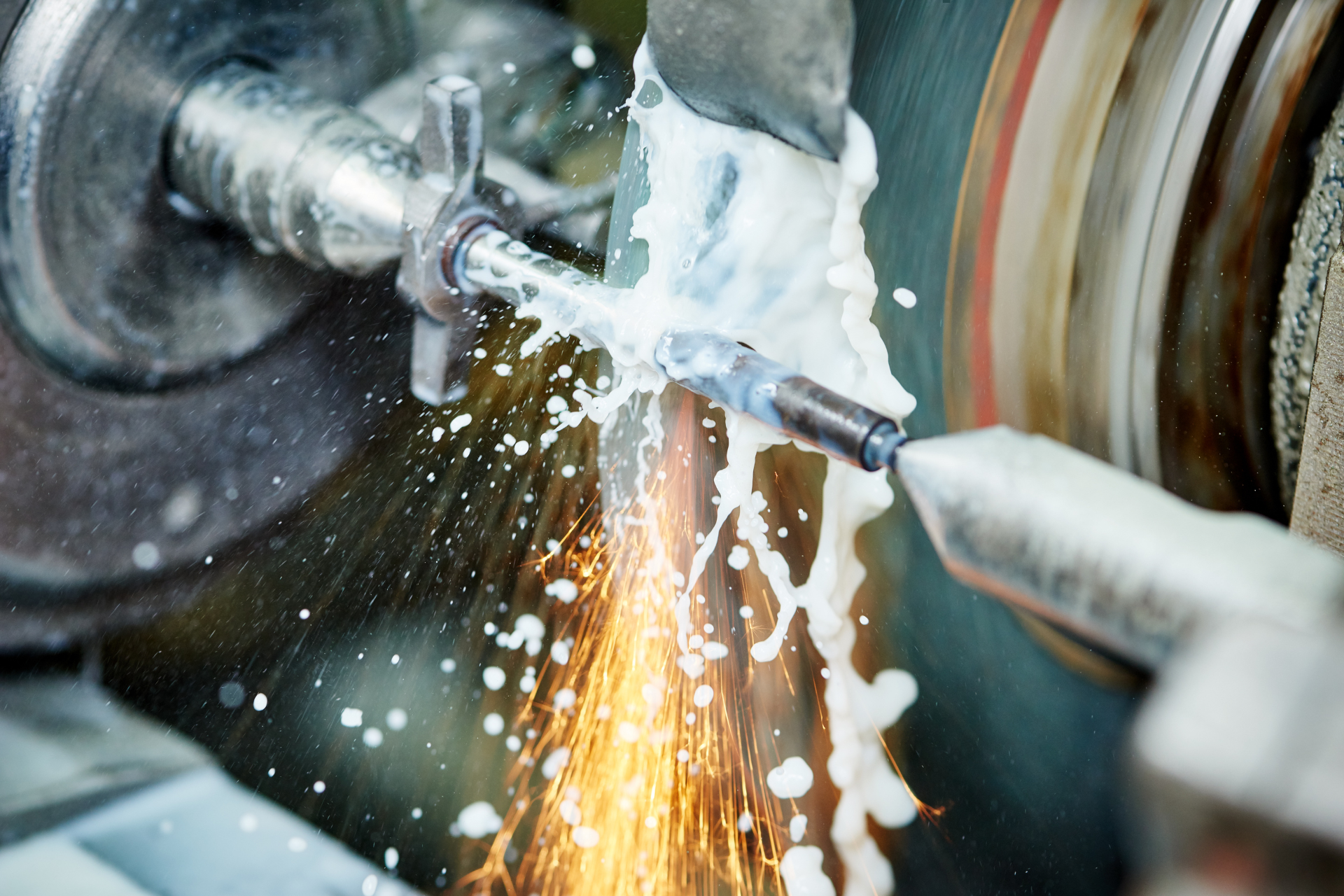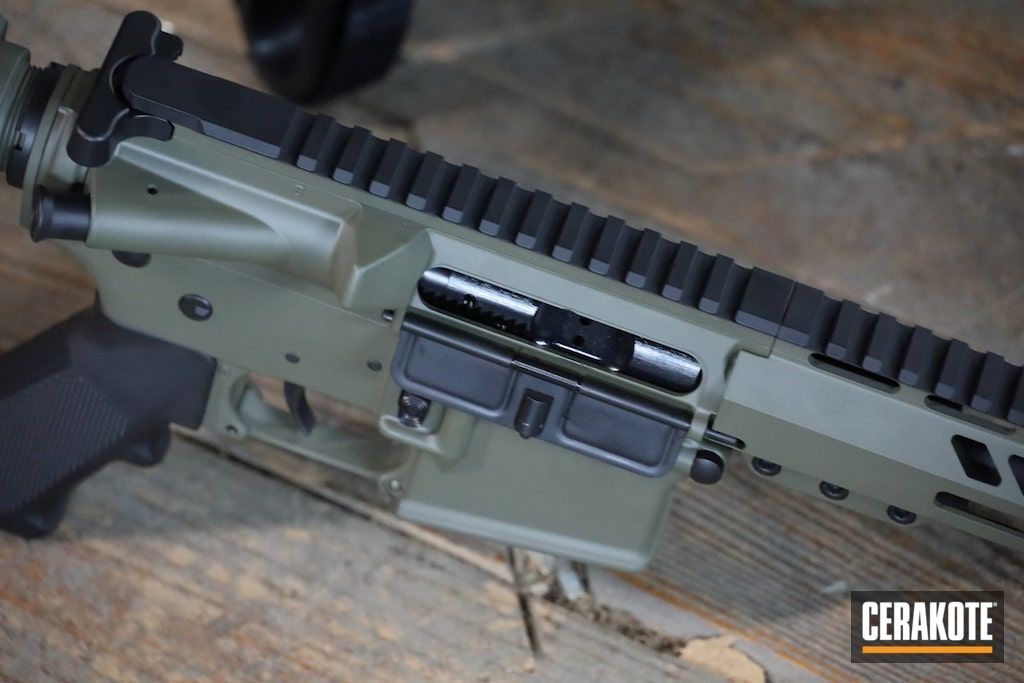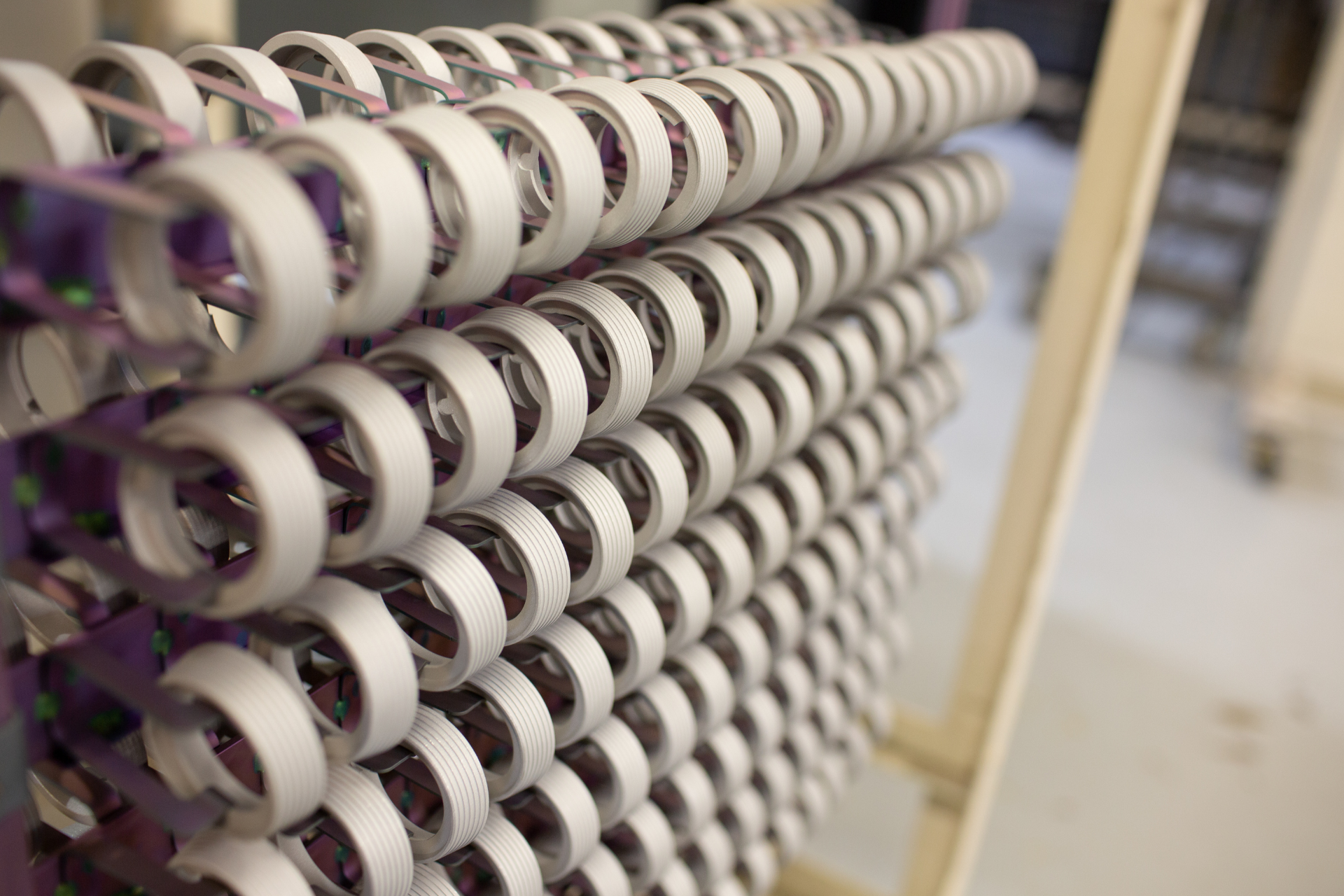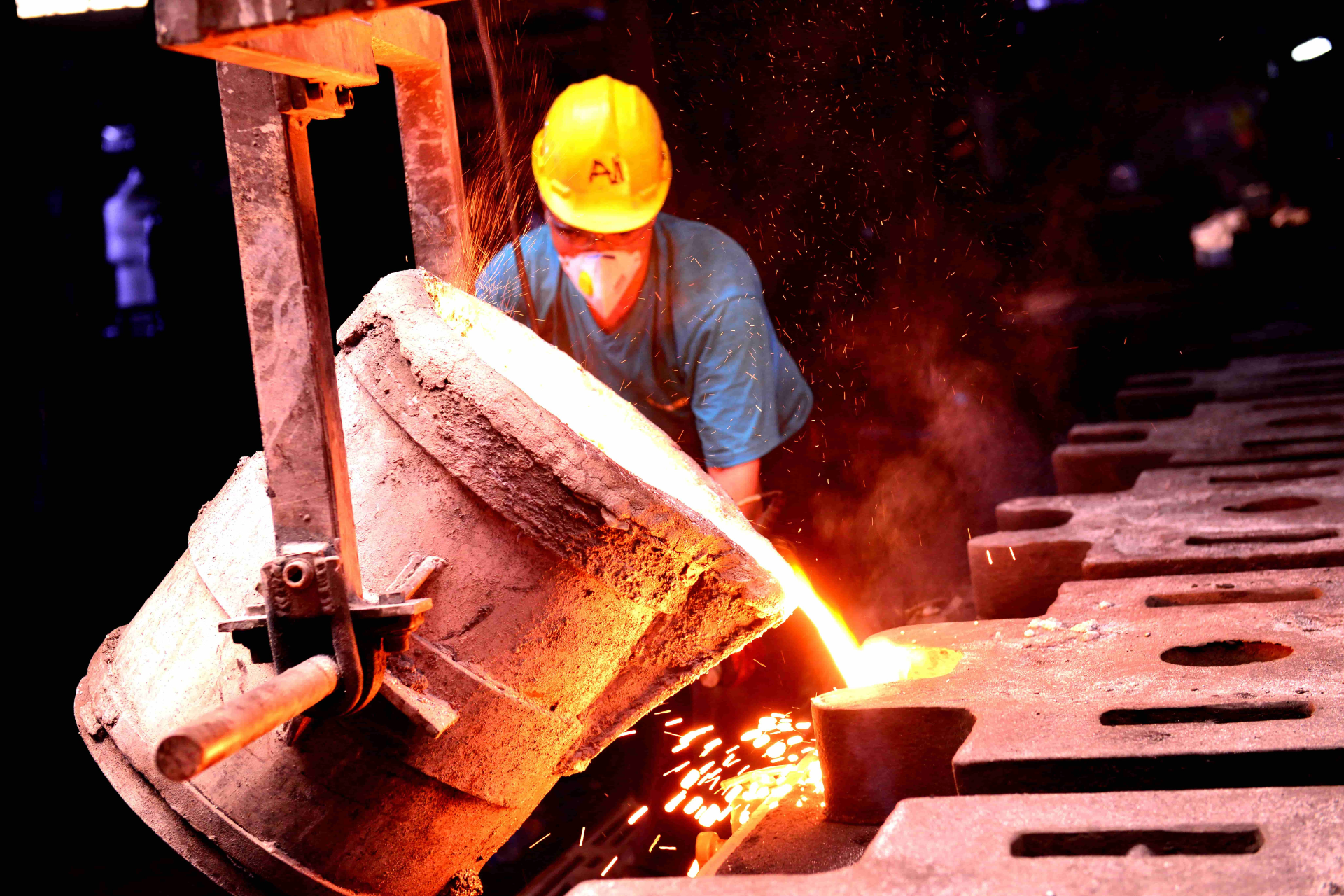Anodized Aluminum: What Is It Used For & Why Would You Choose It?
Aluminum anodizing is a metal finishing process that administers a durable coating to preventcorrosion and wear and tear on aluminum parts. Such parts are used throughout various industries, from aerospace components to conventional household window frames, due to the properties that quality aluminum anodizing helps achieve.
In this post, we'll take a closer look at anodized aluminum and why manufacturers opt for this metal finishing treatment
What is Anodizing Aluminum?
Anodizing is a process that involves placing aluminum in an electrolytic solution and passing an electric current through it. This process transforms the surface of the aluminum into a durable, corrosion-resistant, and visually appealing oxide layer.
Benefits of Anodizing Aluminum?
There are many reasons why anodizing is used across various industries. Some of the most notable benefits include:
Premium Durability
Aluminum is a durable metal on its own; however, it becomes even stronger when you anodize it. This means that treated aluminum products are unlikely to corrode, chip, peel, rust, or weather over time. If you need exceptionally strong parts for demanding applications, anodizing is one of the best finishing options.
Sleek Appearance
Anodized aluminum is popular in architecture and consumer products, largely due to its sleek appearance. The anodized aluminum coating creates a shiny, metallic finish that gives treated parts a more professional, high-quality look.
Custom Options
Another reason why manufacturers choose to anodize their aluminum products is because of the customization options this treatment offers. Specifically, tints and aluminum dyes can be added to the coating to colorize the part. You can even mimic the look of other metals, like stainless steel or gold. Of course, regardless of what anodized aluminum colors you choose, you can ensure that it will retain the durable properties that the treatment is known for.
Lightweight
In addition to enhanced durability, anodizing aluminum parts assists in maintaining an overall low weight. This is especially beneficial in applications where weight reduction is a goal, such as the transportation industries. Products in these fields must be as light as possible to minimize fuel consumption and improve aerodynamics.
Affordable Cost
Finally, cost is another significant benefit that leads manufacturers to choose anodizing for their metallic products. Let's start with the aluminum material itself, which is renewable and widely available, making it a more economical choice than many of the alternatives from the start.
Aluminum's strength-to-weight ratio also makes it a budget-friendly option. Because it is so lightweight, it's much more economical to ship from one location to the next. With so many manufacturers and product developers mindful of their bottom lines these days, cost certainly plays an important role in production decisions.
While the cost of anodizing treatments largely depends on your specific needs, the process can add value to your products and extend their lifespans, resulting in significant returns on investment (ROI). The durability anodizing provides also means you'll spend less money on repairs and replacements over time.
Types of Aluminum Anodizing:
There are three types of anodizing specifications for aluminum:
Type I (Chromic Acid Anodizing):
- Process: Uses chromic acid as the electrolyte.
- Coating Characteristics: Produces a thinner, more flexible coating.
- Benefits: Excellent corrosion resistance, minimal impact on fatigue strength of aluminum parts.
- Applications: Often used in aerospace and military applications due to its high corrosion resistance and less aggressive nature on the metal.
Type II (Sulfuric Acid Anodizing):
- Process: Uses sulfuric acid as the electrolyte, the most common anodizing method.
- Coating Characteristics: Creates a thicker, more durable oxide layer compared to Type I.
- Benefits: Good balance of cost, durability, and ease of dyeing for a variety of colors.
- Applications: Widely used in consumer goods, architectural elements, automotive parts, and general industrial applications.
Type III (Hard Anodizing or Hardcoat Anodizing):
- Process: Uses higher current densities and lower temperatures than Type II to create a much thicker and harder oxide layer.
- Coating Characteristics: Very thick, hard, and wear-resistant surface.
- Benefits: Provides superior wear resistance, enhanced corrosion protection, and high surface hardness.
- Applications: Ideal for applications requiring extreme durability and wear resistance, such as in aerospace, automotive components, and heavy machinery.
Anodize Your Aluminum Parts with LMC
If you're interested in anodizing your aluminum parts and products, look to Light Metals Coloring for assistance. Our team of expert metal finishers is here to help you create a custom solution that improves your parts and exceeds your expectations.
Contact us today to learn more!
Anodized Aluminum FAQ
What are the advantages of anodized aluminum?
Anodized aluminum offers several key advantages, including:
- Corrosion Resistance
- Durability and Hardness
- Aesthetic Versatility
- Improved Lubrication
- Electrical Insulation
- Eco-Friendly Process
Can you anodize stainless steel?
No, stainless steel cannot be anodized using the same process as aluminum. Anodizing is an electrochemical process specifically designed for aluminum and its alloys. Stainless steel, on the other hand, does not form a stable, protective oxide layer in the same way that aluminum does under anodizing conditions.
Will anodization wear off?
In general, anodized aluminum surfaces are highly durable and resistant to wear, but they are not completely immune to damage. Proper use and care can significantly prolong the lifespan of the anodized finish.
